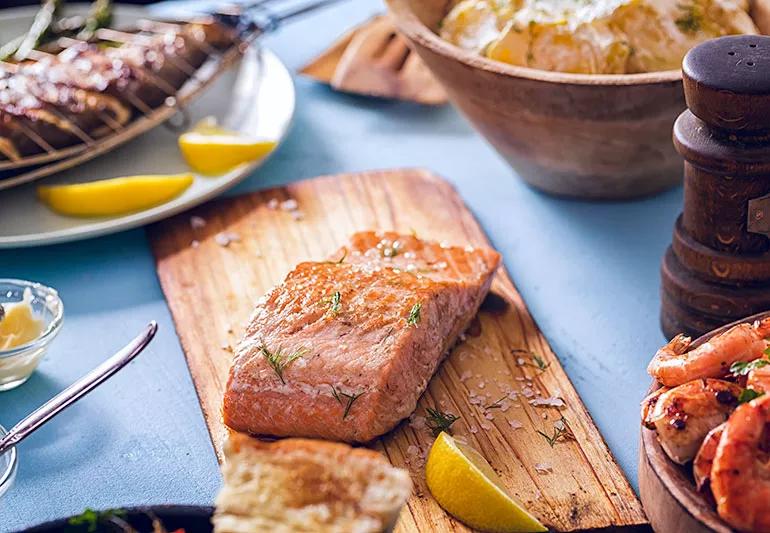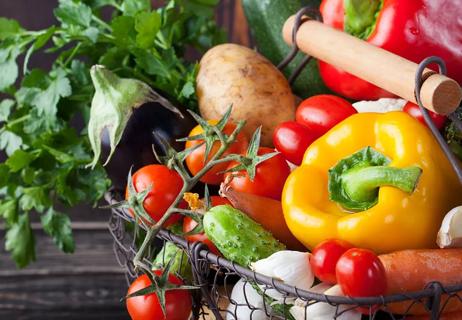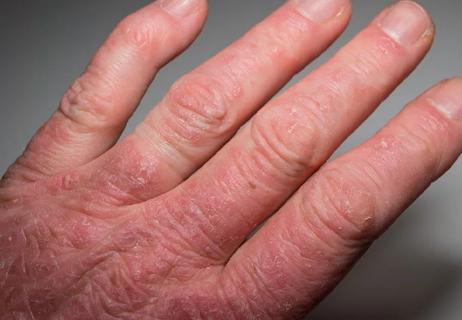Which foods to add and which to avoid

No magic diet is going to make your arthritis disappear — whether it’s osteoarthritis, rheumatoid arthritis or another form. But, there’s good news: If you’re realistic about your goals, paying attention to your diet can help ease your symptoms.
Advertisement
Cleveland Clinic is a non-profit academic medical center. Advertising on our site helps support our mission. We do not endorse non-Cleveland Clinic products or services. Policy
Arthritis specialist Scott Burg, DO gives some examples of what you can put on your plate (and keep off of it) to help manage your condition.
Polyunsaturated fatty acids — which include omega-3 fatty acids — are usually associated with heart health. But their anti-inflammatory health benefits go beyond the heart, extending to people with arthritis, Dr. Burg explains.
“Studies have shown that supplementation with n-3 PUFAs, which is the same thing as omega-3s, clearly does have an effect on pain and disease activity in people with rheumatoid arthritis,” he says.
Good PUFA sources to add to your diet include wild salmon and other freshwater fish, flaxseed and olive oil.
Much like omega-3s, cruciferous vegetables also have anti-inflammatory properties, Dr. Burg says. If you want to take advantage of those properties, add fresh or frozen vegetables such as broccoli, cauliflower and Brussels sprouts to your daily diet.
“These foods are also rich in vitamin C, which appears to have a protective effect against rheumatoid arthritis,” he adds.
Some other foods that have anti-inflammatory properties include:
At the same time, some other foods seem to actually boost inflammation rather than reduce it. If you have rheumatoid arthritis, try to limit:
Advertisement
When it comes to sweets, you’ll want to be extra careful if you have another kind of inflammatory arthritis: gout. Studies show that high fructose corn syrup — an inexpensive sweetener that’s found in many processed foods — is associated with an increased risk of gout.
“The good news is that for everything that has high fructose corn syrup in it— whether that’s barbecue sauce or ketchup or soda — you can find a version without high fructose corn syrup,” Dr. Burg assures. “You just have to read the label.”
Eating a healthy diet of lean proteins such as fish plus plenty of fruits and veggies may be good for your arthritis and your waistline.
A recent study compared diet and exercise with diet alone and exercise alone in lowering the stress on the knees in people with obesity and osteoarthritis. Diet and exercise combined yielded the best results — so your best bet is to work with your doctor to develop a diet plan and an exercise routine that takes your condition and potential limitations into account.
The message: Diet clearly matters. For arthritis, it’s not a cure-all, but every little bit helps.
Advertisement
Learn more about our editorial process.
Advertisement

Simple exercises like tendon glides and finger lifts can have a big impact

Research is inconclusive, so don’t stop eating tomatoes, potatoes and peppers just yet

From heating pads and ice to exercises and splints, find the relief that works for you

What’s the difference between these types of inflammatory arthritis?

The link between joint pain and skin rashes

What’s the difference between these types of arthritis?

Remember to start slow and if things don't improve, ask your doctor about more advanced solutions

Working out is one of the best things you can do to improve your symptoms

Type 2 diabetes isn’t inevitable with these dietary changes

Applying a hot or cold compress can help with pain